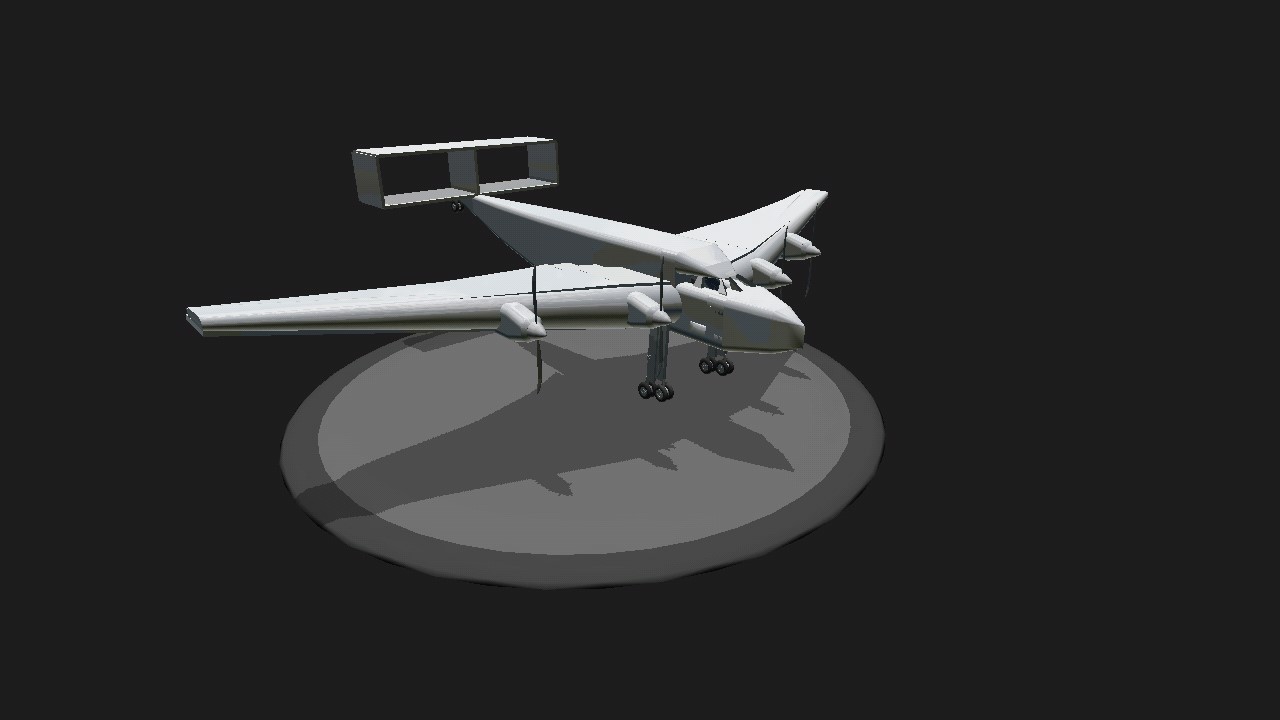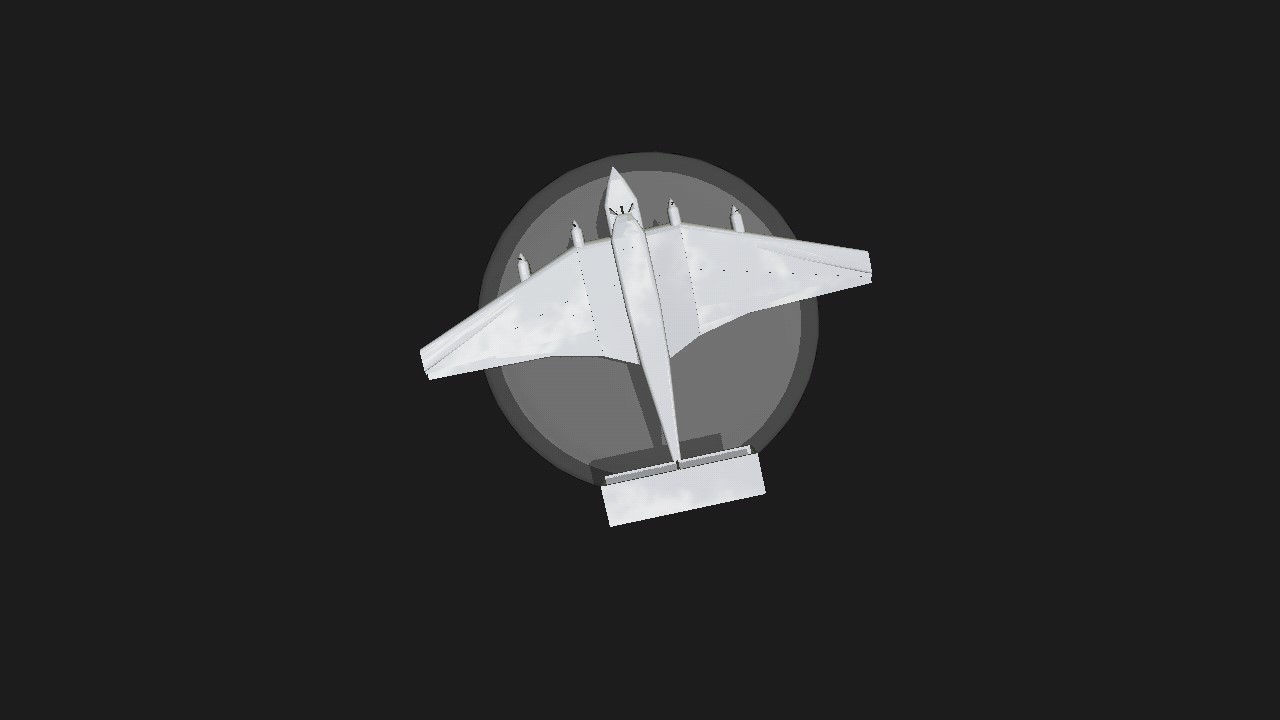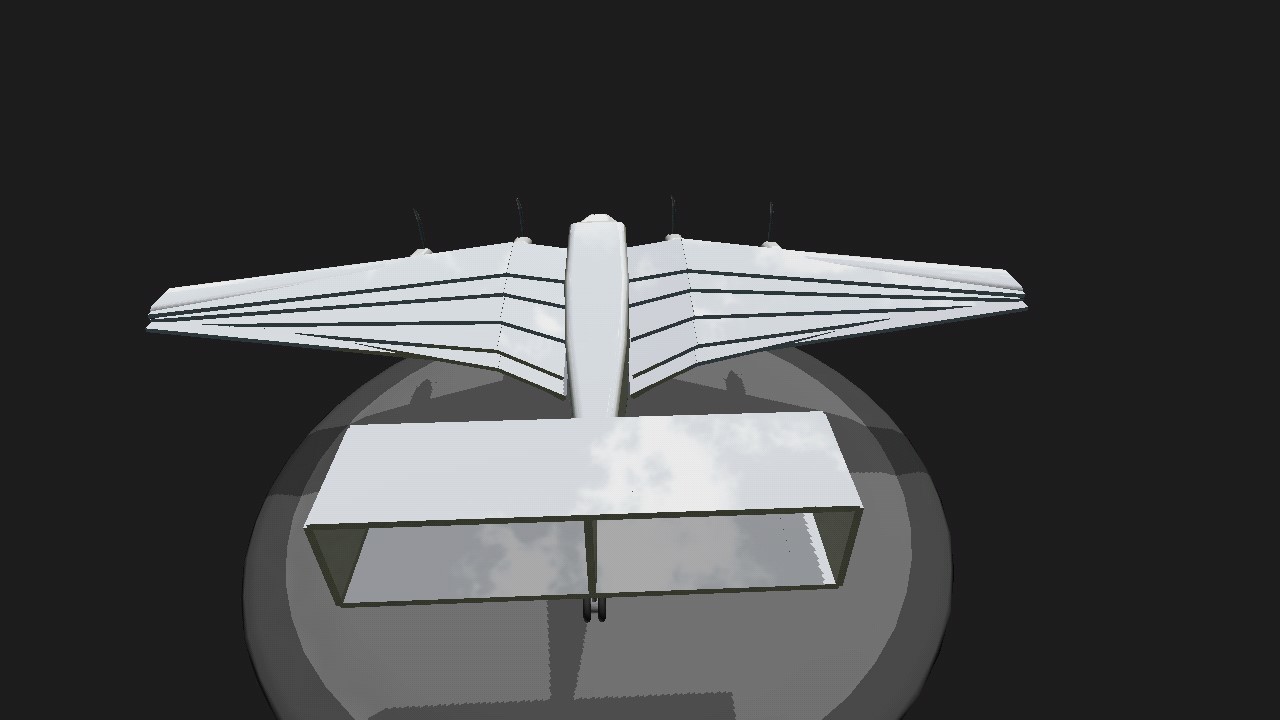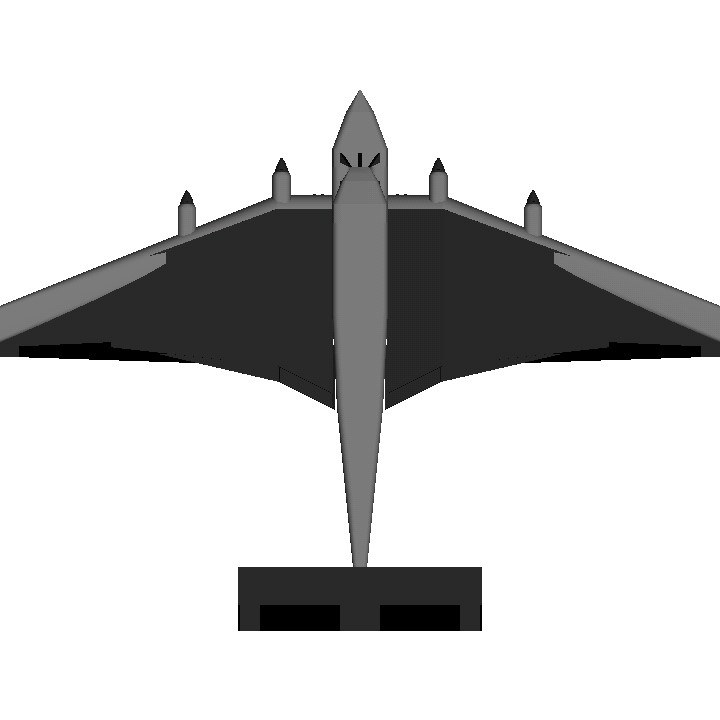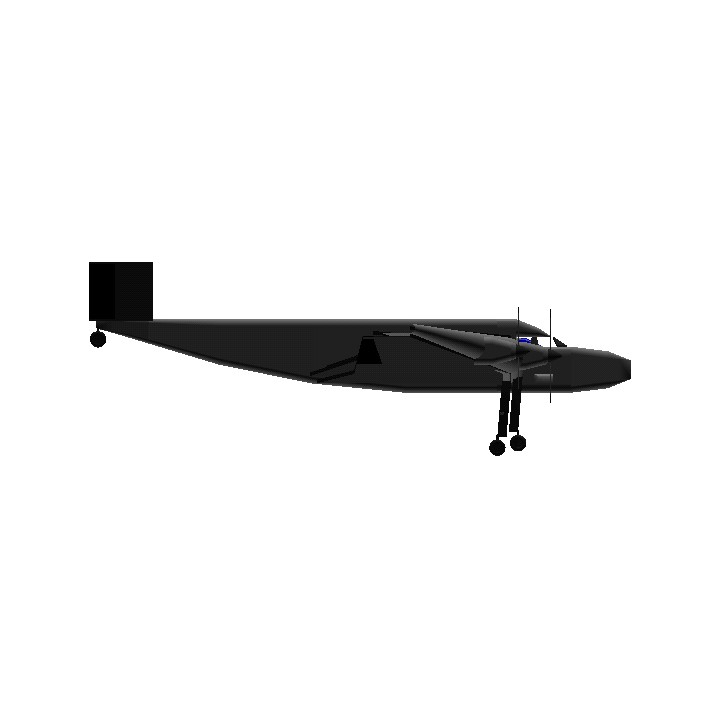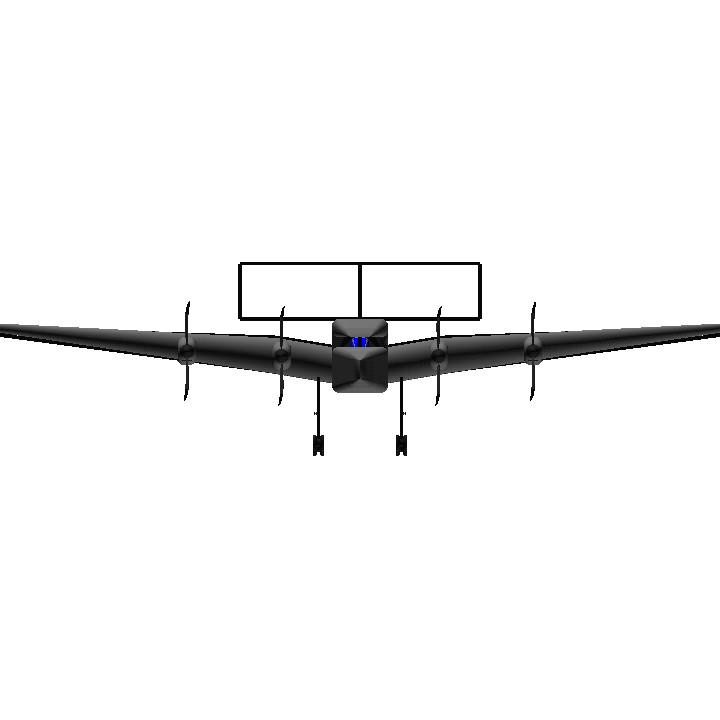LEAP 2: Wings. in the 1920's, Europe begins transporting post by air; air mail, is born. German aircraft designer Hugo Junkers, decides to build a huge new plane to cope with the ever increasing volume of mail between Berlin and London. but building an aircraft of this size is a huge challenge. Early aircraft like the muromets, are biplanes. they have 2 wings connected together, to form a strong structure. That's because at the time, engineers can't build a single wing strong enough to support an entire aircraft. the struts and wires have a surprisingly large surface area. this creates a large amount of drag as the aircraft moves through the air. to carry heavy cargo, a plane needs bigger wings. these require more struts and wires which generates more drag. the extra drag means big biplanes can't carry heavy cargo. what Junkers was able to do, is merge these 2 wings into one, putting all the necessary supporting structure inside it. despite being over 2 meters thick, they cut through the air with little drag, and plenty of lift. this enabled the aircraft to carry 6 tons of mail.
Specifications
General Characteristics
- Created On Android
- Wingspan 64.0ft (19.5m)
- Length 48.2ft (14.7m)
- Height 17.5ft (5.3m)
- Empty Weight 5,149lbs (2,336kg)
- Loaded Weight 25,729lbs (11,670kg)
Performance
- Horse Power/Weight Ratio 0.155
- Wing Loading 13.1lbs/ft2 (64.0kg/m2)
- Wing Area 1,963.1ft2 (182.4m2)
- Drag Points 12846
Parts
- Number of Parts 105
- Control Surfaces 9
- Performance Cost 564

